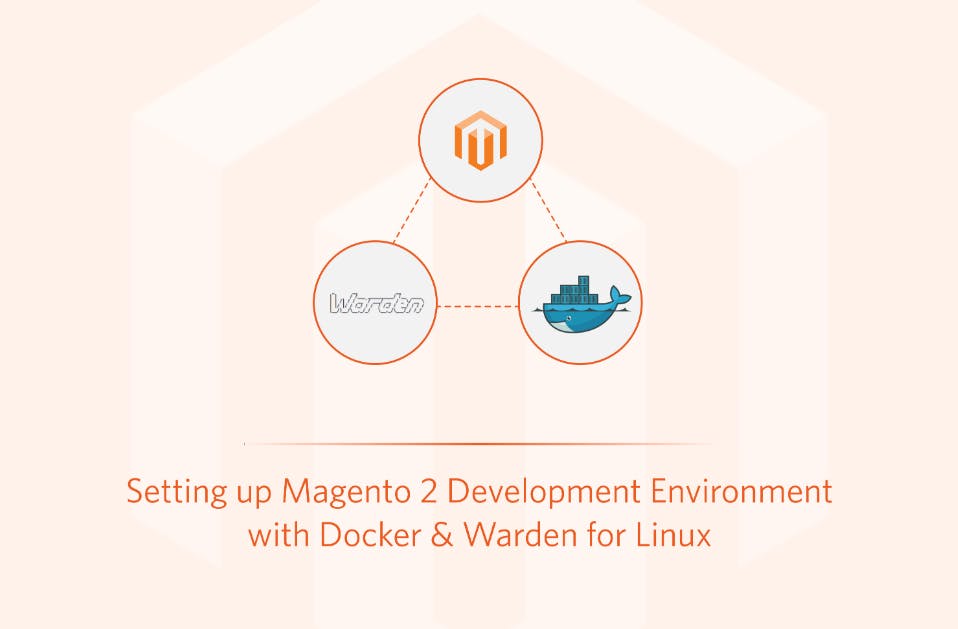We are all familiar with the monolithic approach in the Magento platform. However this web architecture where the frontend and backend are connected has been affecting shopping experience for customers badly.
Leveraging Headless Magento With React.Js: A Powerful Ecommerce Combination
 Aug 5, 2024
Aug 5, 2024 5 min read
5 min read
We are all familiar with the monolithic approach in the Magento platform. However this web architecture where the frontend and backend are connected has been affecting shopping experience for customers badly. At a time where people are mostly glued to their mobile devices, it is time for a transformation to headless to enhance the experience. In monolithic architecture, the frontend and backend are interconnected resulting that; a change updated in one of them affects the other. While Headless architecture relies on 3 independent pillars: frontend, backend and API as the communication layer. In short, the frontend is no longer supported on the backend.
How to make your magento 2 headless?
If you are still working on Magento 1, you will need to upgrade it. Since Magento 2 onwards it supports GraphQL as an API. While magento acts as the backend, you need to choose a frontend in order to go headless.
Some of the strategies are listed below
- Headless CMS Integration - The traditional CMS with which we all are aware have a presentation layer. However, the headless CMS which is a third party CMS will contain the interface for managing the API and the content. Some of the popular headless CMS tools are Netlify, Strapi and Sanity.
- Using PWA (Progressive Web Apps) - It is important to prioritize the mobile experience to the best as possible when it comes to shopping. For organizations that cannot build downloadable apps, a much easier and optimal solution is PWA. They are mobile apps that give the experience of native apps for the users.
- Building A Framework - For the organizations that have a strong technical team can opt to build their own custom interface. The headless magento site built using the technologies like React.js, Vue.js will bring the control and flexibility for vast customization possibilities.
Why React.JS Is The Right Choice?
Being a popular ecommerce platform, buyers expect a seamless shopping experience. React.Js is a Javascript library that allows users to build flexible user interfaces. Also it will help us to create reusable components for functionalities.
• Easy to maintain
• Covering topics related to SEO.
• Allows quick page loads, user-friendliness and rendering.
When it comes to the implementation of React.JS we can directly use it. Instead of customizing the templates it is best to construct modules from scratch.
For the Magento React Store, PWA has a necessary set of elements and designs. A software application that is browser based and behaves like a cloud delivered native application is called PWA. You can refer more about PWA and its implementation in Magento here: An Introduction to Magento PWA.
Benefits of headless commerce
Decoupling the magento frontend and backend will help the developers customize the frontend that is not restricted to the platform. Unlike the traditional architecture, the frontend UI for different screen sizes can be connected to the backend. While the backend will act as a content management system communicating to the frontend through API.
- Flexibility - The best advantage of going headless is the ability of brands to update the frontend content layer without any developer help. Also the backend’s ability to handle complex transaction procedures. The decoupled architecture helps to integrate new features with less time, cost and energy resulting in excellent speed.
- Improved SEO - Google likes fast websites. With headless websites, we overcome the slow speed websites of traditionally followed online stores. The regular updates, better page load time all are ranking factors. As a result, helping us with better SEO.
- Easily Personalize -The businesses that act according to the customer preferences likely have a huge success rate in the ecommerce sector. With headless commerce, seamless personalization and interruption-free shopping experience is possible. Also updating the feature elements without slowing down the speed is possible.
- Subscription Management - The headless commerce strategy helps the businesses to utilize the core functions with API’s that are subscription specific.
- Conversion Optimization - You can experiment over customer conversion with the backend search solution without altering the frontend. Continuing tests and optimization cycles by understanding the customers better than the retailers helps to boost the business. The way customers always feel connected to the business helps to improve the conversion optimization.
Disadvantages Of React.js Headless Applications
Like the two sides of a coin, the Magento headless commerce do have disadvantages as well.
- Continuous technical maintenance - One of them is the requirement of a dedicated React developer(s) for maintenance. As we are customizing the code to work out of the traditional system, it requires custom code to be written often.
- Version compatibility issues - The compatibility issues might occur with the chosen frontend framework or backend API whenever the new updates and versions are released for Magento. It may result in asking for additional maintenance support to ensure that all components are working seamlessly.
The transition to a headless architecture in Magento, coupled with the integration of React.js, presents a compelling solution to the challenges faced by modern ecommerce businesses. It is clear that this combination of technologies empowers businesses to stay competitive and agile in the ever-evolving ecommerce landscape. Nevertheless, by carefully weighing the disadvantages against the substantial benefits, businesses can make informed decisions about adopting the headless Magento and React.js approach, ultimately delivering a superior shopping experience to their customers in the mobile-first world.
More blogs from Afiya Jaleel
Subscribe to our Blog
Stay up to date on the latest trends, emerging tech, launches and much more










































